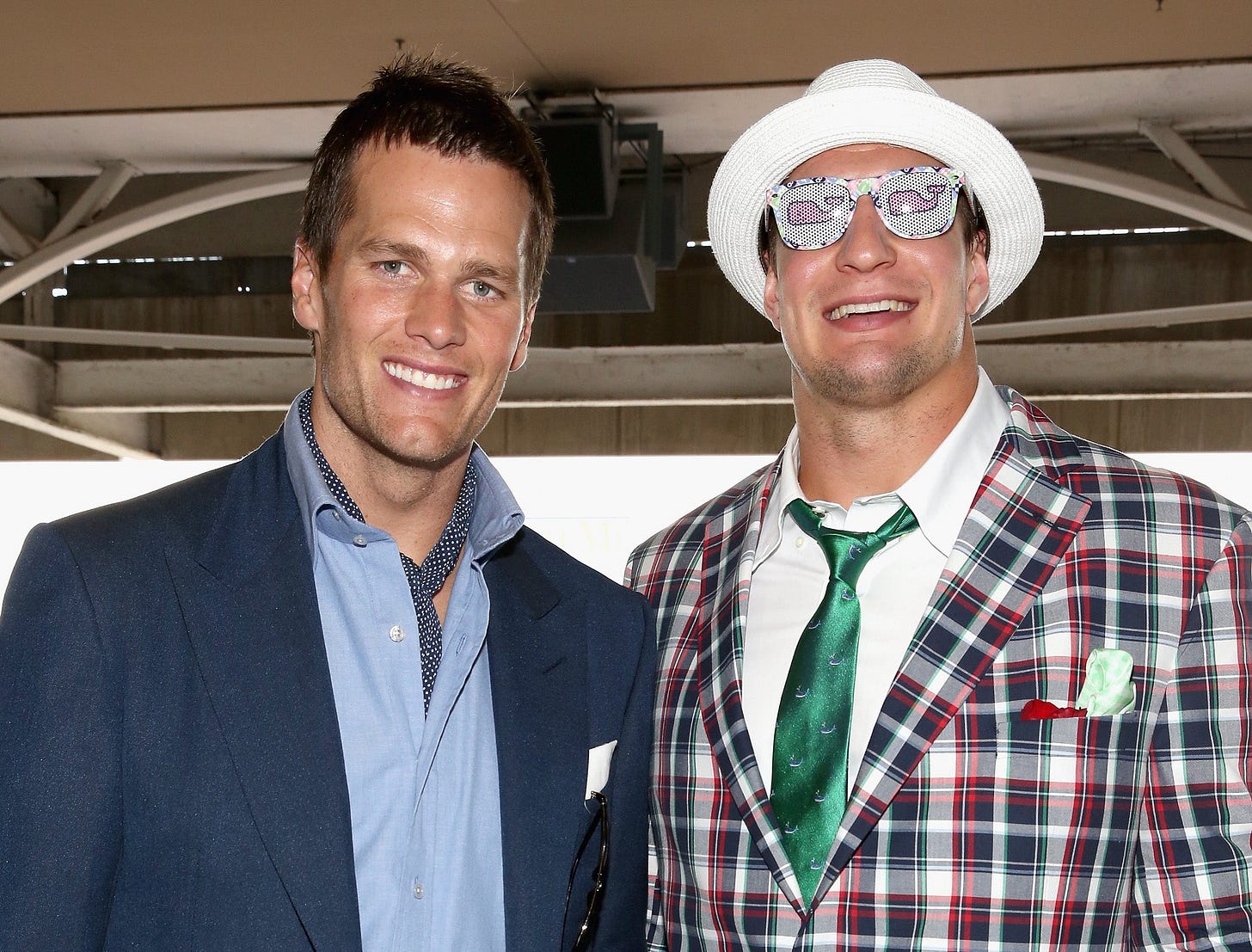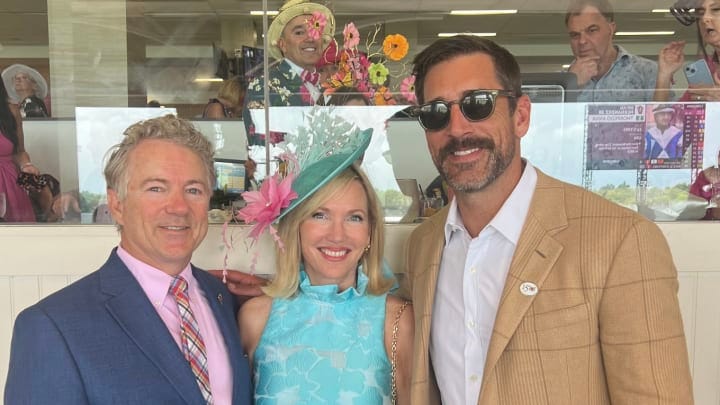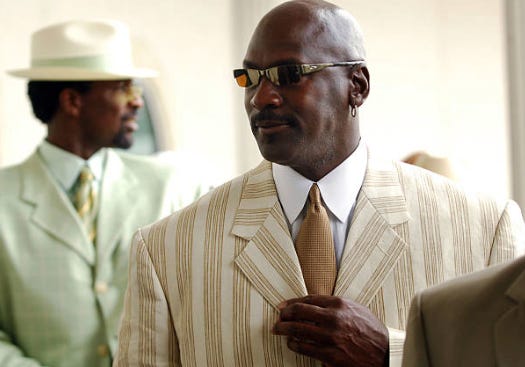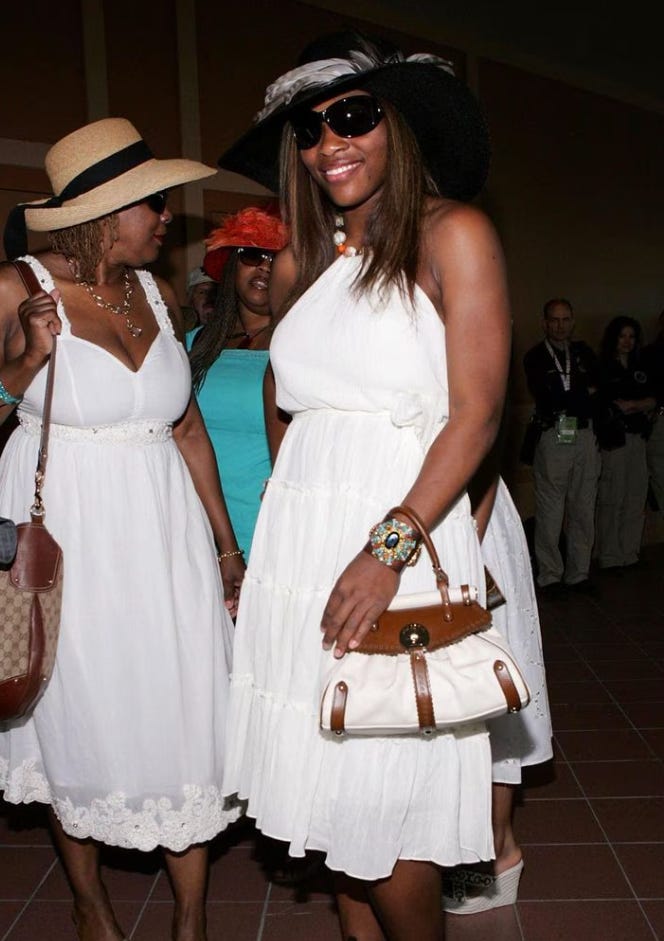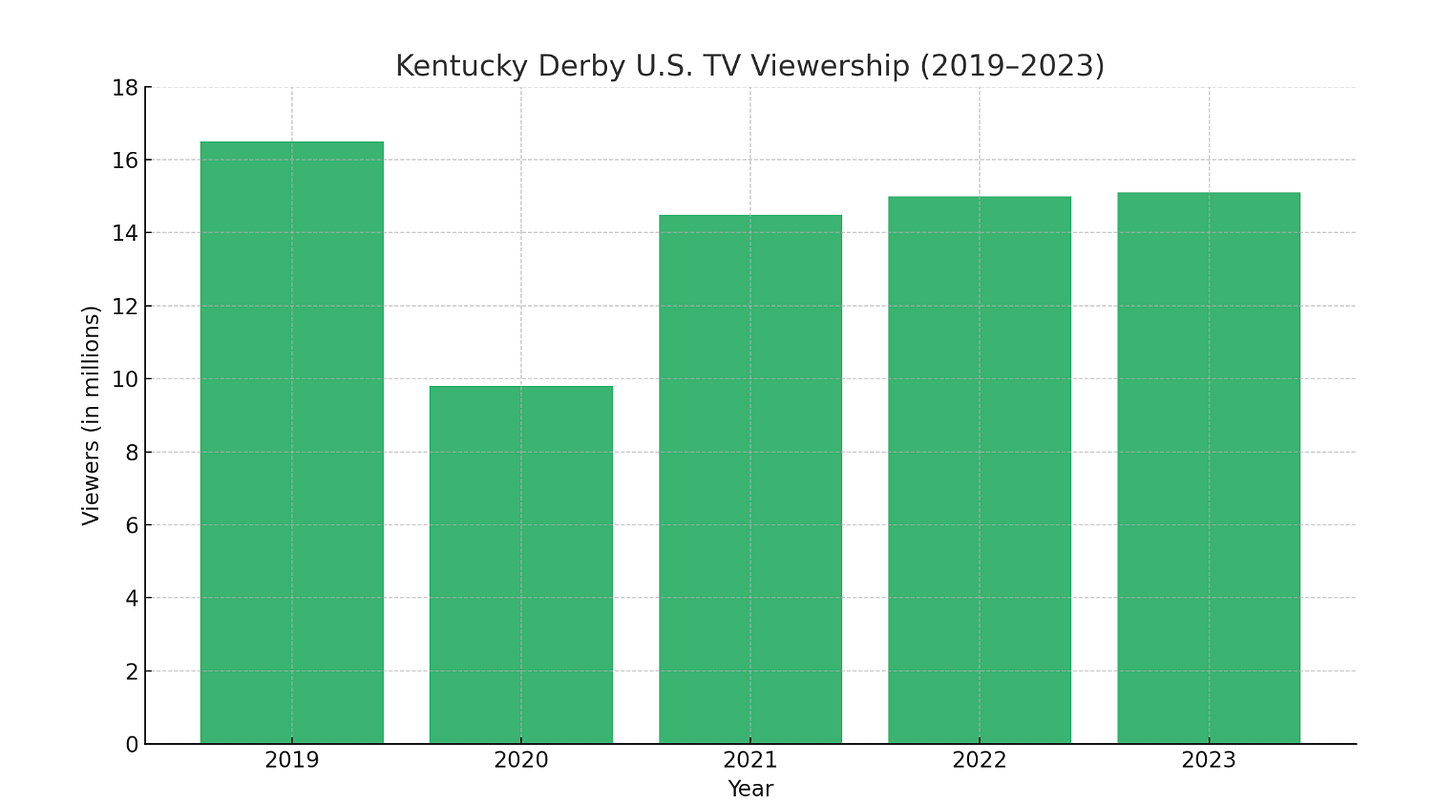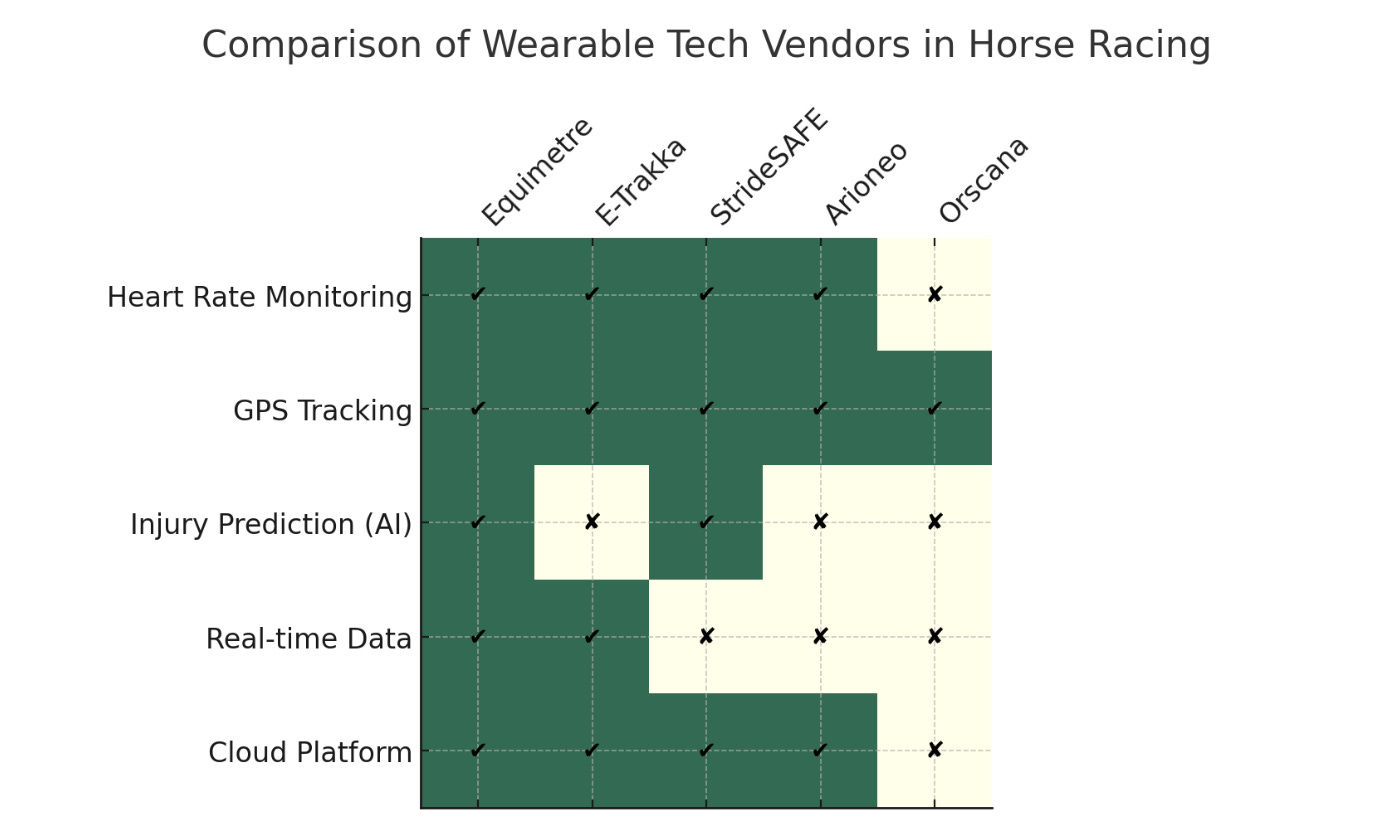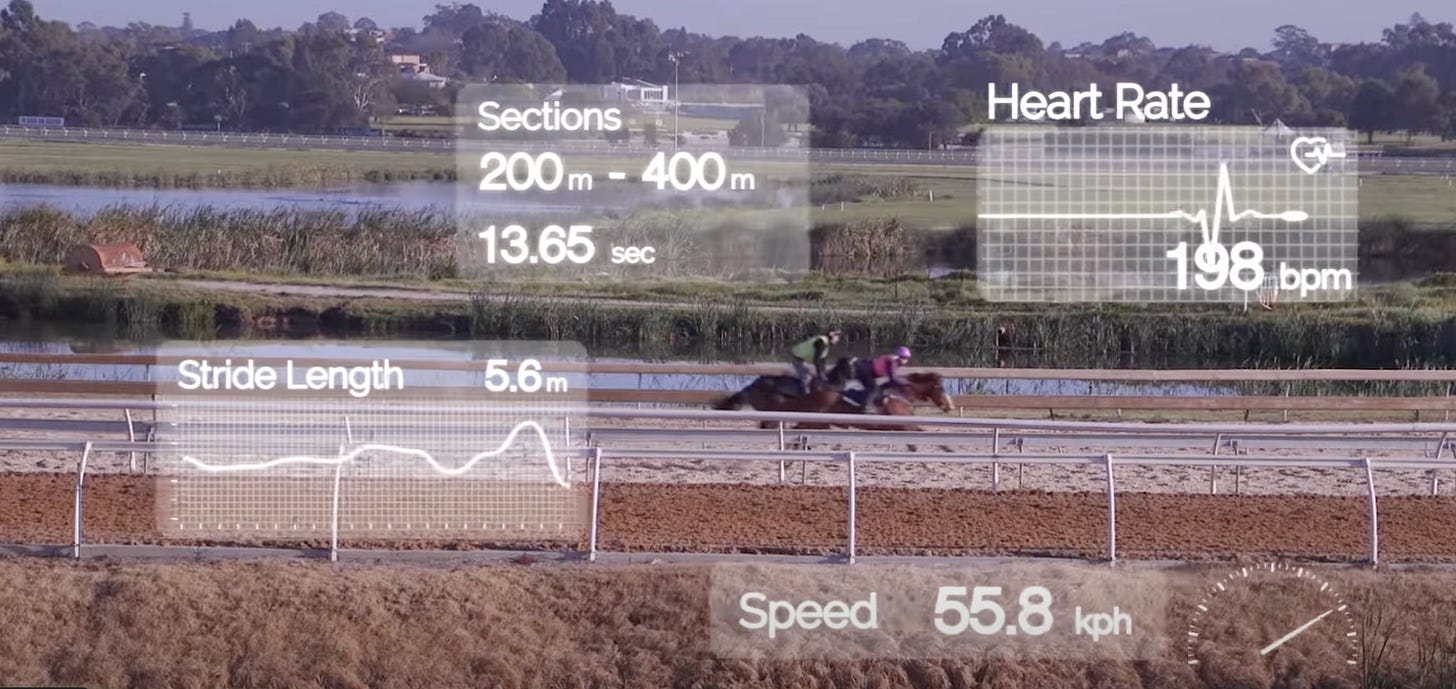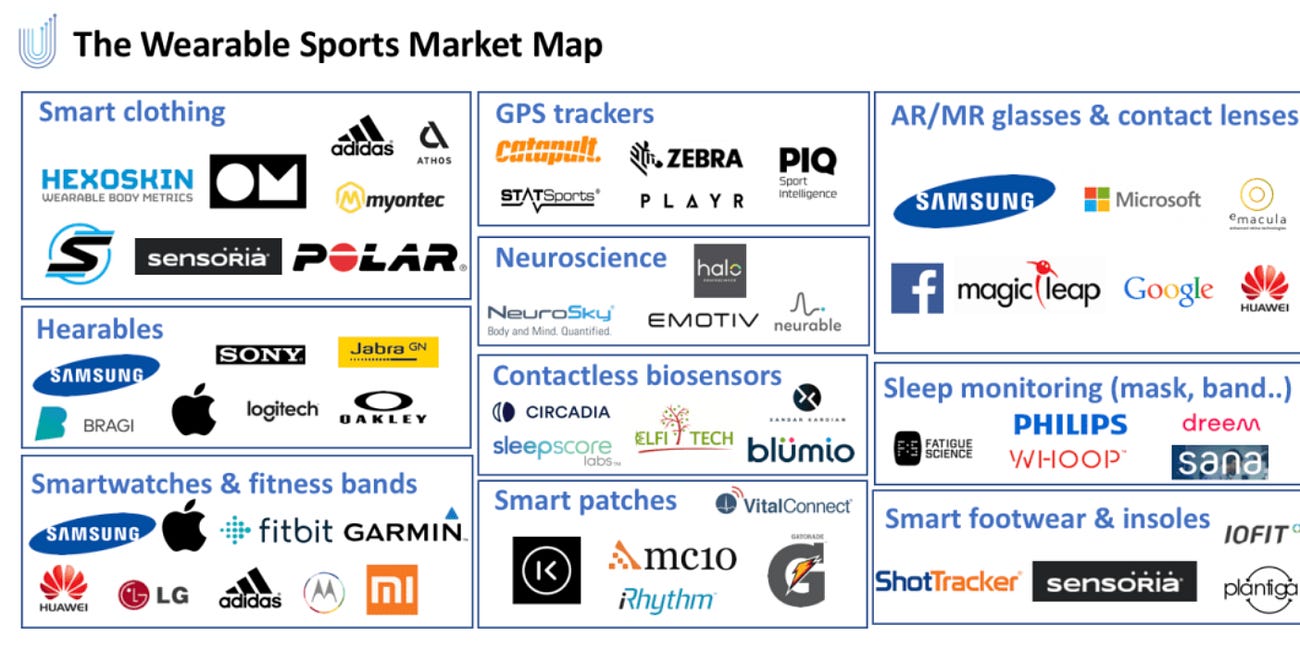🏇 Upside Special Report: The Kentucky Derby: A Legacy of Tradition, Spectacle, and Modern Innovation
Each year on the first Saturday in May, over 150,000 people flock to Churchill Downs in Louisville, Kentucky, while millions more watch from around the globe. The occasion? The Kentucky Derby—a 1¼-mile horse race that lasts barely two minutes but carries the weight of nearly 150 years of tradition, competition, and cultural celebration.
This singular event—steeped in elegance, adrenaline, and Southern heritage—has become one of the crown jewels of the American sporting calendar. But beyond the pageantry and betting slips, the Kentucky Derby has also embraced modern technology, drawing in a younger audience and elevating the sport through innovation.
1. A Storied History Dating Back to 1875
The Kentucky Derby was founded by Meriwether Lewis Clark Jr., the grandson of William Clark (of the Lewis and Clark expedition), after he visited renowned horse racing tracks in Europe. He returned to Kentucky determined to create a similar spectacle. With the help of local businessmen and the Louisville Jockey Club, Churchill Downs opened in 1875, and the first Kentucky Derby was run in front of 10,000 spectators.
What started as a local event gradually evolved into the most prestigious horse race in the United States. The race is the first leg of the Triple Crown, followed by the Preakness Stakes and the Belmont Stakes. Few horses have captured all three titles—only 13 in history—making it one of the most elusive achievements in sports.
Notable winners like Secretariat (1973), American Pharoah (2015), and Justify (2018) have transcended the sport, becoming household names and cultural icons.
2. Why the Kentucky Derby Matters
A. A Cultural Time Capsule
The Kentucky Derby isn't just a race—it’s a celebration of Southern tradition, fashion, and ritual. From the playing of “My Old Kentucky Home” to the mint juleps and wide-brimmed hats, the Derby is a time-honored pageant that merges sport with spectacle.
B. Economic Powerhouse
The Derby contributes an estimated $400–500 million annually to the local economy. It boosts tourism, hospitality, fashion, and betting, creating jobs and drawing attention to the city of Louisville.
C. A National and Global Sporting Tradition
The Derby is the longest continuously held sporting event in the United States, having persisted through world wars, economic depressions, and pandemics. It has maintained its place as a key moment in American sports culture while expanding its international reach.
3. Athletes and Celebrities at the Derby
One of the key features of the Kentucky Derby’s modern-day appeal is its celebrity presence. It has become a major draw for high-profile athletes, musicians, and Hollywood stars, many of whom attend the event in custom attire, often appearing in VIP areas like the Derby Red Carpet, Millionaire's Row, or the Turf Club.
Athletes Who Regularly Attend:
Tom Brady – Often spotted in tailored suits, he’s a regular guest, typically in top-tier suites.
Aaron Rodgers – Seen mingling with fellow NFL stars and even placing celebrity bets.
Michael Jordan – Known to attend with other investors and celebrities.
Serena Williams – Worn standout outfits and appeared in Vogue’s Derby fashion features.
Celebrity Sightings Include:
Drake – Occasionally ties performances into Derby weekend.
Beyoncé and Jay-Z – Once attended as part of Derby gala festivities.
Ellen DeGeneres, Johnny Depp, Justin Timberlake, and Jennifer Lawrence – All have made high-profile appearances.
Reality TV stars from “The Bachelor” and “Real Housewives” franchises also frequent the event, adding social media buzz.
Their presence helps bridge generational gaps, attracting younger fans and media attention beyond the horse racing core.
4. Audience and Viewership: Tradition Meets Streaming Age
Despite the short duration of the race itself, the Kentucky Derby consistently draws massive national TV audiences, trailing only the Super Bowl and the Olympics in U.S. sports broadcasts.
TV Viewership: NBC Sports reported 15.1 million viewers in 2023, a number consistent with previous years despite the rise of streaming.
Digital Engagement: Derby content on TikTok, YouTube, and Instagram garners millions of views, especially fashion coverage, behind-the-scenes race content, and betting analysis.
International Reach: The race is broadcast in over 170 countries, highlighting the Derby's global cachet.
Here’s a chart showing Kentucky Derby U.S. TV viewership from 2019 to 2023. It highlights the event's resilience and popularity, including a dip during the pandemic year (2020) and a strong rebound afterward.
5. Cutting-Edge Technology in Horse Racing and Fan Engagement
Even with its roots in the 19th century, the Kentucky Derby is embracing 21st-century sports tech across multiple dimensions.
A. Tech for Performance and Health
Wearables for Horses: Tools like Equimetre, StrideSAFE, and E-Trakka track data such as stride length, heart rate variability, and gait symmetry to predict injuries and improve race-day readiness.
Here’s a comparison chart of wearable tech vendors in horse racing, showing how leading tools like Equimetre, E-Trakka, and StrideSAFE stack up in terms of features like heart rate monitoring, GPS, AI-driven injury prediction, and cloud data access.
In the video below, E-Trakka Inventor Andrew Stuart talks about the success with the E-Trakka system and how its going to be a must have for racehorse trainers of the future to help track biometric data of the horses during races.
Biometrics and AI Models: Some trainers use AI to analyze blood samples and monitor inflammation markers or recovery rates, enabling smarter training decisions.
High-Speed Cameras: Used to analyze stride mechanics, galloping efficiency, and transitions during races.
B. Fan and Broadcast Innovation
3D Horse Tracking and Data Overlays: NBC Sports uses virtual renderings and Live GPS tracking to show real-time positioning and projected speeds.
Augmented Reality (AR): AR features on mobile apps allow fans to “tour” Churchill Downs or try on Derby hats virtually.
VR Experiences: Fans at home or in sponsor suites can don headsets for 360-degree paddock walks or horse warm-ups.
Smart Betting: Platforms like TwinSpires and TVG use real-time data, odds movement visualizations, and even machine learning models to help bettors make informed choices.
C. Smart Venue Management
AI-Enhanced Surveillance and Crowd Control: Helps manage large-scale foot traffic and detect incidents in real time.
Sustainability Tech: LED lighting, rainwater harvesting, and eco-friendly waste management are now part of Churchill Downs’ operations.
6. Conclusion: The Past, Present, and Future of the Kentucky Derby
The Kentucky Derby isn’t just surviving—it’s thriving. In a media landscape increasingly dominated by short attention spans and tech-savvy fans, the Derby continues to reinvent itself without compromising its iconic identity.
It remains:
A benchmark of sporting tradition
A global media and fashion event
A laboratory for sports tech innovation
With wearable data for horses, immersive AR for fans, and a Hollywood-worthy guest list, the Kentucky Derby sits at a unique intersection: where Old World tradition meets the future of sport.
You may also like:


